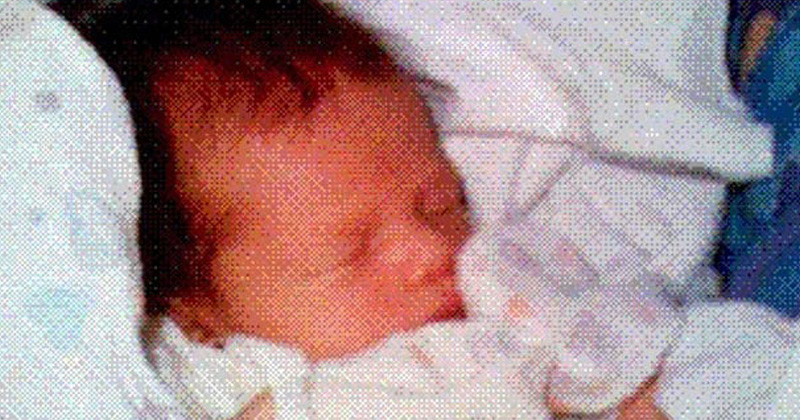On June 11th, 1997, a significant breakthrough unfolded as Philippe Kahn pioneered the world's first camera phone solution, revolutionizing instant picture sharing across public networks. Inspired by the birth of his daughter, Kahn ingeniously combined a mobile phone with a digital camera, allowing him to transmit photos in real time.
This innovative feat caught the attention of Time Magazine, who recognized the impact by including Kahn's inaugural camera phone photo in their prestigious compilation of the 100 most influential photos of all time in 2016.
According to IEEE Spectrum, the impromptu arrangement involved a Motorola StarTAC flip phone, a Casio QV digital camera, and a Toshiba 430CDT laptop computer. Whenever a photo was taken with the camera at a resolution of 320×240 pixels, the setup would automatically establish a connection with Kahn's web server. The photo would then be uploaded, and email notifications containing a link to the new image would be sent to friends and family.
Kahn expressed his desire to have everything functioning in time to share his daughter's birth photo, admitting his uncertainty about achieving it. However, fate seemed to be on his side as his wife endured an 18-hour labor, allowing him ample time to set up the system before his daughter's arrival. Fortunately, all the necessary components were either present in his car or conveniently available at a nearby Radio Shack, which he promptly sent an assistant to procure.
Through the innovative Internet-connected camera phone, Kahn accomplished a momentous feat by sharing the photo with over 2,000 individuals in his global network. This achievement marked a pioneering milestone that revolutionized the field of photography. Significantly, it marked the inaugural occasion where a digital photograph was transmitted between two individuals via the Internet, reshaping the landscape of photographic communication.

Celebrating a Groundbreaking Achievement
Recognizing the profound impact of Kahn's groundbreaking camera phone photo, Time Magazine bestowed the honor of including it in their esteemed compilation of the 100 most influential photos of all time in 2016. The following year, Conscious Minds, a marketing studio, released a heartwarming four-minute short film that artfully recreated the narrative behind Kahn's now-iconic photograph. In the film, Kahn recounts the tale of how he ingeniously merged an assortment of wires, phones, laptops, and cameras to enable the instantaneous delivery of a photograph featuring his newborn daughter. Within the confines of the hospital ward, armed with a soldering iron, he utilized a wire salvaged from his car telephone to transform his vision into reality.
During the time of his historic initial photo, Kahn had dedicated nearly a year to developing Picture Mail, a cutting-edge web server-based system designed for online photo sharing. His aspiration was to craft a 21st-century rendition of the beloved Polaroid instant camera, except this time the instant photos would be shared through the World Wide Web rather than physical prints.
To realize his vision, Khan ingeniously integrated a microcontroller, CMOS sensor, and cell phone into a single device capable of wirelessly transmitting photos and various other multimedia. Inspired by the transformative potential of his creation, he founded Lightsurf in 1998, a company built upon this pioneering technology.
Initially, the inventor faced repeated setbacks when presenting the technology to the prominent camera companies that dominated the market. According to Khan, Kodak, Polaroid, and other camera companies had their own wireless camera projects but failed to envision the future of digital photography within a phone, complete with Instant-Picture-Mail software and service infrastructure. Their collective belief was that phones would primarily focus on voice communication, as texting had not yet gained prominence, while cameras would adopt wireless capabilities.
Following the rejections from major camera corporations in the United States, Khan redirected his efforts to Japan, where Sharp embraced LightSurf to develop its widely popular "Sha-Mail" (or "Picture-Mail") phone. LightSurf subsequently emerged as a pioneering technology in picture messaging, playing a pivotal role in shaping multimedia messaging solutions not only in North America but also globally.